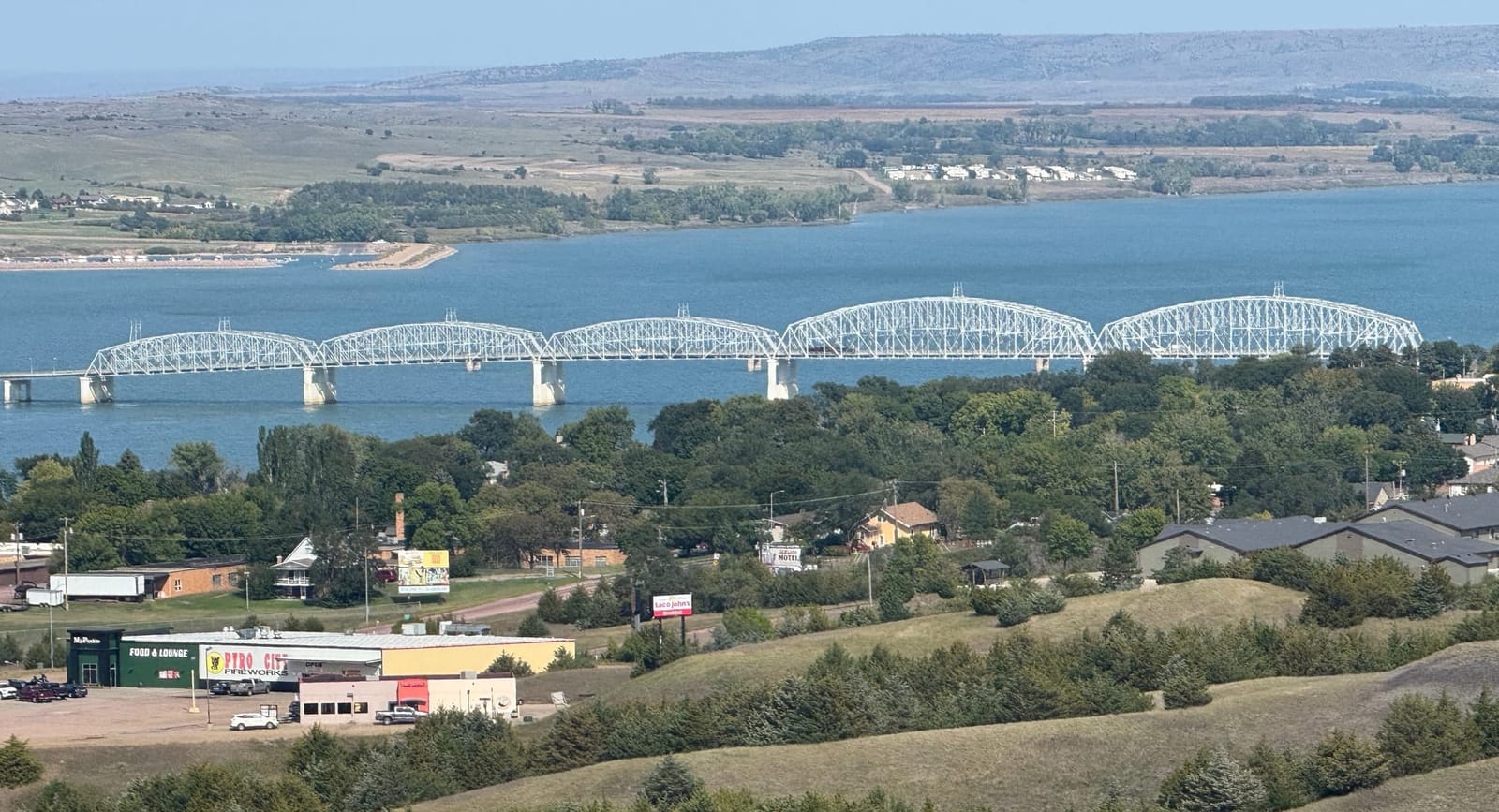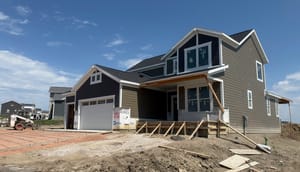CHAMBERLAIN, S.D. – This picturesque city on the shore of the Missouri River is so eager to encourage development of new housing that it bought a tract of land and is giving away lots to anyone who promises to build a home.
The free lots, awarded to individuals or developers through a lottery system, are located in a subdivision where the city has used taxpayer money to build streets and install sewer and water lines to further jump-start construction.
The effort to use municipal funds and resources to spur growth in Chamberlain is seen as the only way to create significant new housing in a city of about 2,500 people known more for walleye fishing and bird hunting than for commerce or industry.
"We said it for a long time in Chamberlain, that as a community, you're either growing or you're dying, and there's no in between," said Greg Powell, who spent 25 years as city engineer and led a previous city housing project before retiring in 2021.

In recent years, Chamberlain has seen development of very few new homes and has been losing some family housing to conversion of existing properties into short-term rentals, said Sheena Larsen, executive director of the Lake Francis Case Development Corp.
The city has several apartment buildings, but all have waiting lists for occupancy, Larsen said.
The overall lack of housing – a common problem in small South Dakota cities and towns – is holding back growth by limiting options for new residents and employers, she said.
"With the school or the hospital, anytime they need employees, the biggest thing is trying to find a place for them to live," Larsen said. "A lot of times, they take the job and can’t find a place to live, so they have to turn it down."
This story is part of an ongoing South Dakota News Watch series called Engage South Dakota using storytelling, crowdsourcing and community engagement to identify and share potentially replicable housing solutions.
Each story includes the community's response, insights to be learned, proof of whether the ideas are effective and limitations on the efforts.
Key takeaway for this story: Municipalities in South Dakota cannot wait for private developers to create new housing and must be innovative and may need to invest taxpayer money in order to solve the problem.
Read about other South Dakota housing solutions.
Response: City goes all-in on housing
The land giveaway is part of a municipal subdivision development project that began in 2018 when the city spent $900,000 to buy a 60-acre tract south of downtown and east of Interstate 90, said city administrator Clint Soulek.
The property was divided into 30 housing lots, one multi-family lot for apartments and 11 commercial lots for businesses, he said.
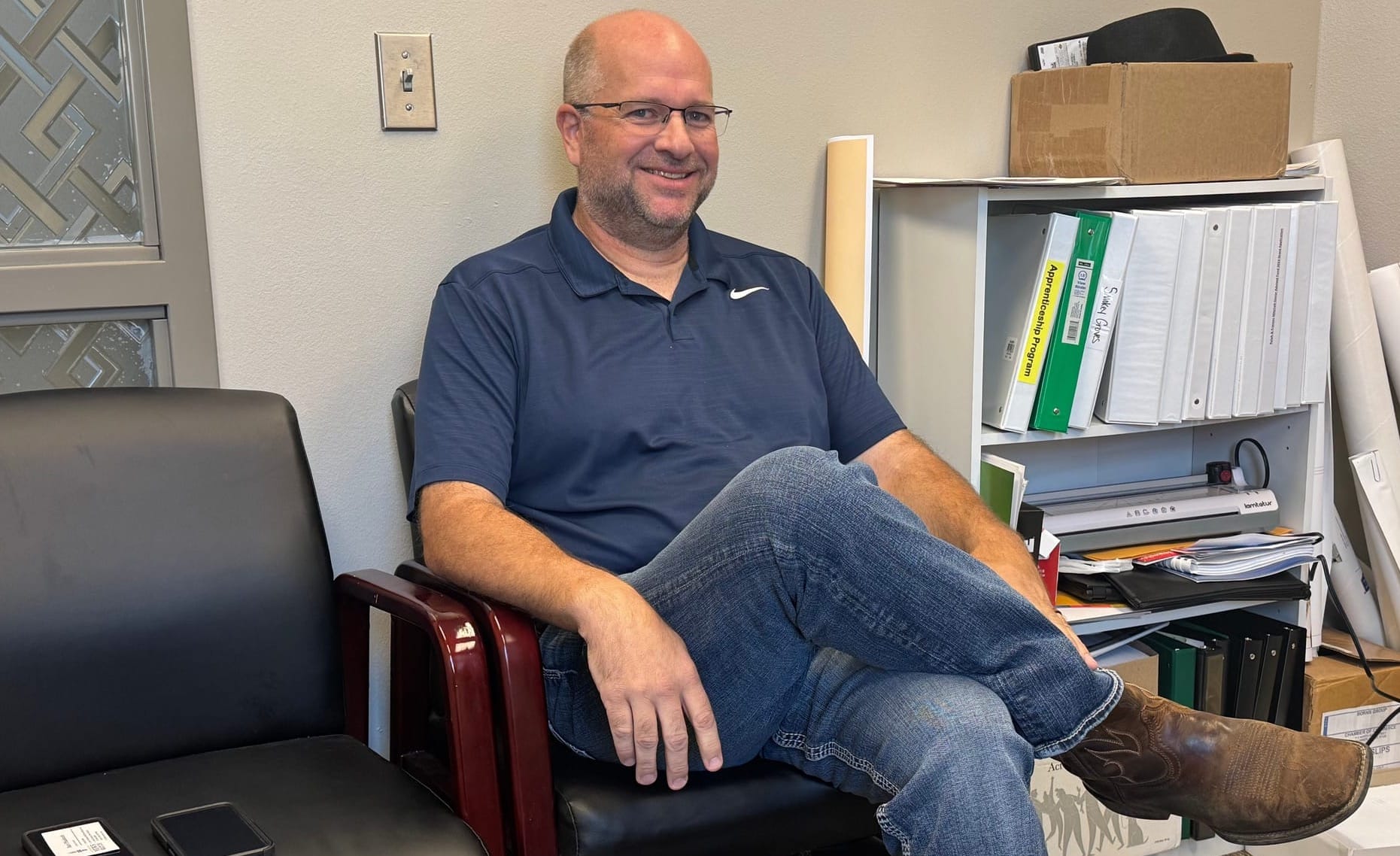
Not long after buying the land, the city gave away 11 buildable housing lots through a computerized lottery system to applicants who met financial parameters and promised to begin building within 18 months, said Soulek, who was on the city council at the time.
The city created a tax-increment financing district, then spent about $2 million in taxpayer money and another $2 million in state and federal grants to hire contractors to build roads and curb and gutter and to extend sewer and water systems to the neighborhood, he said.
"With the free lots, it entices people to get things moving quicker," Soulek said. "Without this, I don't think there's any way we can grow."
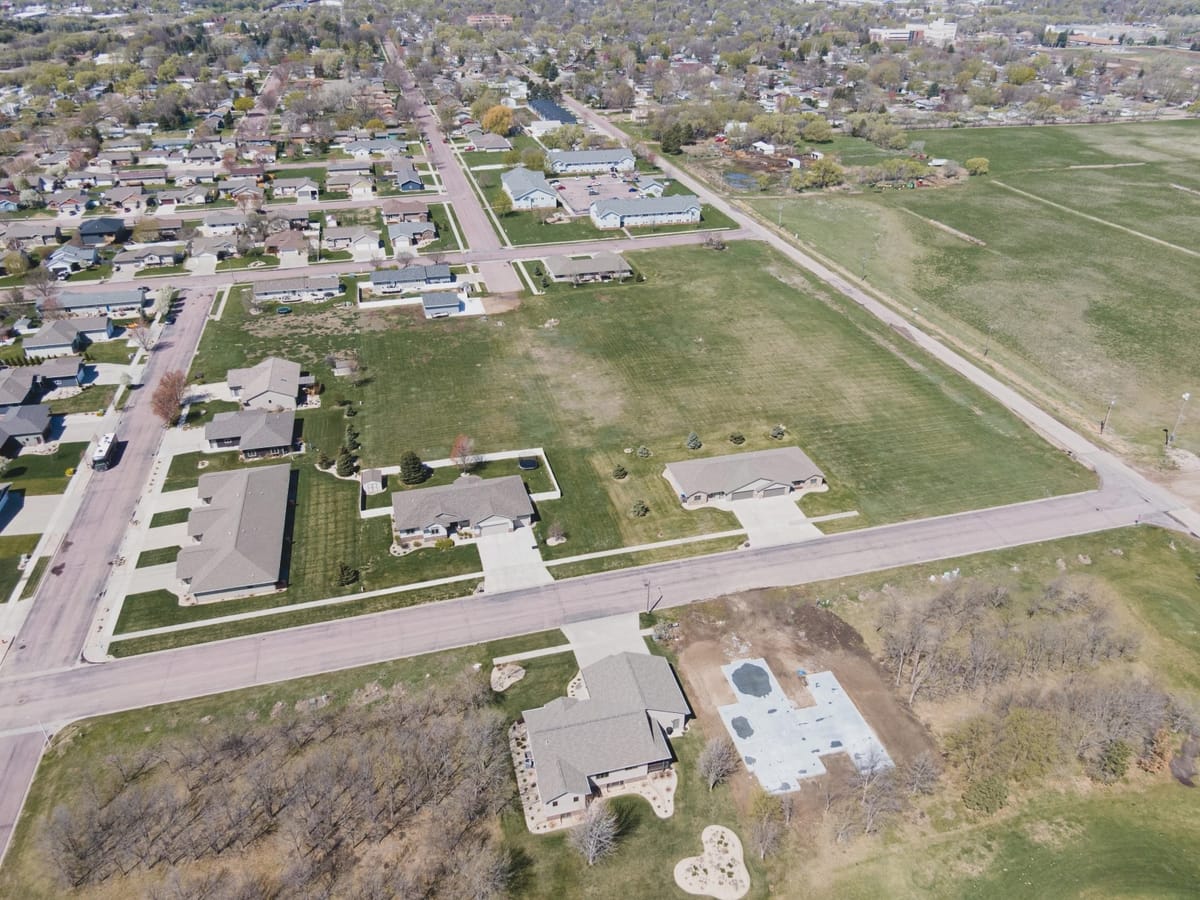
Since the lottery, seven homes have been built in the subdivision, known as the Smokey Groves Addition, after a historical name for the area. Of those, four houses have gone to families who are new to the area, Soulek said.
Recipients of the lots have contracted with builders to construct the homes, which have ranged in price from $330,000 to $630,000, he said.
The subdivision project has had strong support from the city council and from the public, Soulek said. "Anything we’ve done with housing, we haven’t had any opposition, including giving the lots away," he said.
Though the subdivision development has been slowed by the road contractor who is facing penalties for missing deadlines, Smokey Groves will be a win for the city and for the people who live there, Soulek said.
"The homeowners get $15,000 to $20,000 in instant equity due to the free land, which can lower their downpayment or lead to better terms with a lender," he said. "And it's going to benefit the city in the end with new housing and a stronger tax base."
Insights: Small towns cannot wait around
Smokey Groves will be the second major housing project launched by Chamberlain town leaders.
The city took the bold step of jumpstarting construction of its first new subdivision in 2000 after realizing it was unlikely that private developers would ever build new homes in the city.
"Small-town development is so much different than in big cities, and nobody wants to invest in small-town subdivisions," said Powell, the retired city engineer who led Chamberlain's early municipal housing efforts.
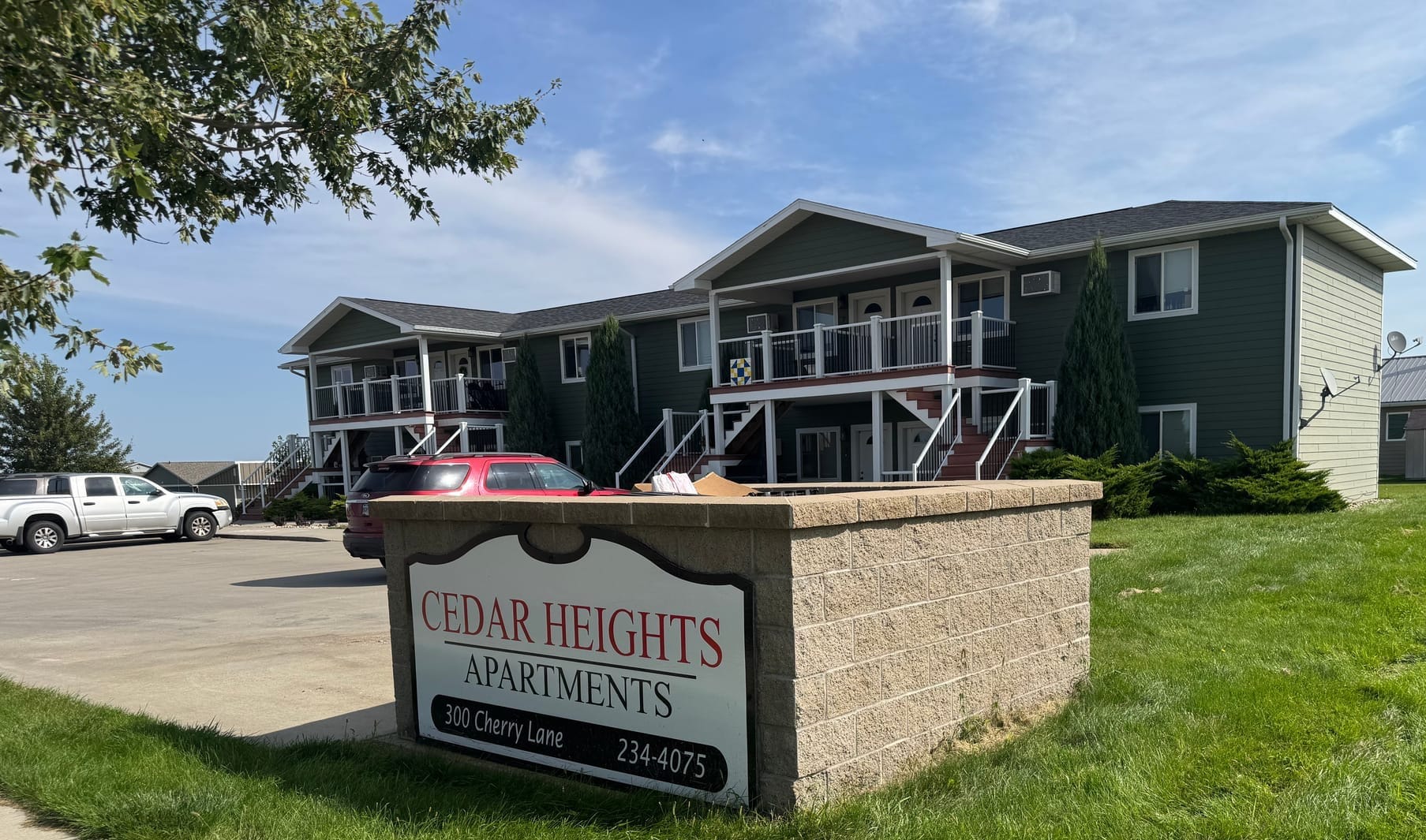
Private developers want to move houses faster and obtain larger profit margins than are available in small cities like Chamberlain that are seeing slow or stagnant growth, he said.
"It takes you 20 years to get your lots sold, and most developers want their money back in five years," Powell said.
In the years before the city developed Cedar Heights, it was seeing as little as one new house built per year.
"All of these small towns, if they want to grow and survive, they’re going to have to take responsibility for housing themselves."
– Greg Powell, former Chamberlain city engineer
In its first subdivision development – known as Cedar Heights – the city owned a large tract of land on its south side and paid to install infrastructure. The land had been used as an airport in the mid-20th century and was vacated when a new airport was built, Powell said.
The city hired a contractor to build the streets and install sewer and water connections, and the city began to sell lots to builders or homeowners, though at below-market prices, Powell said.
At the time, the need for new housing was so great that buyers didn't wait for the infrastructure to be completed before making offers on lots, Powell said. "People bought them on blind faith after we promised to install streets, sewer and water within three years," he said.
Limitations: Growth comes slow, but that's OK
Soulek said other cities considering subdivision development or land giveaways should get the roads paved and curb and gutter fully installed before offering lots for development. Smokey Groves has been hampered by road work delays and the inability of potential buyers to fully visualize how it might look when completed, he said.
"I'd tell them to get the roads in first before you allow any building because you'll have less headaches later," Soulek said. "A lot of people held off on building because without the infrastructure, it is hard to see what it can look like in the end."
Though it took nearly two decades to build out, Cedar Heights ultimately resulted in construction of about 70 houses, six multi-family properties and 15 commercial enterprises, he said.
The growth was slow, but the effort provided new development and strengthened the city economy and tax collections, Soulek said.
“One of the big reasons it worked for us is that we expanded housing but we also grew our tax base,” he said.
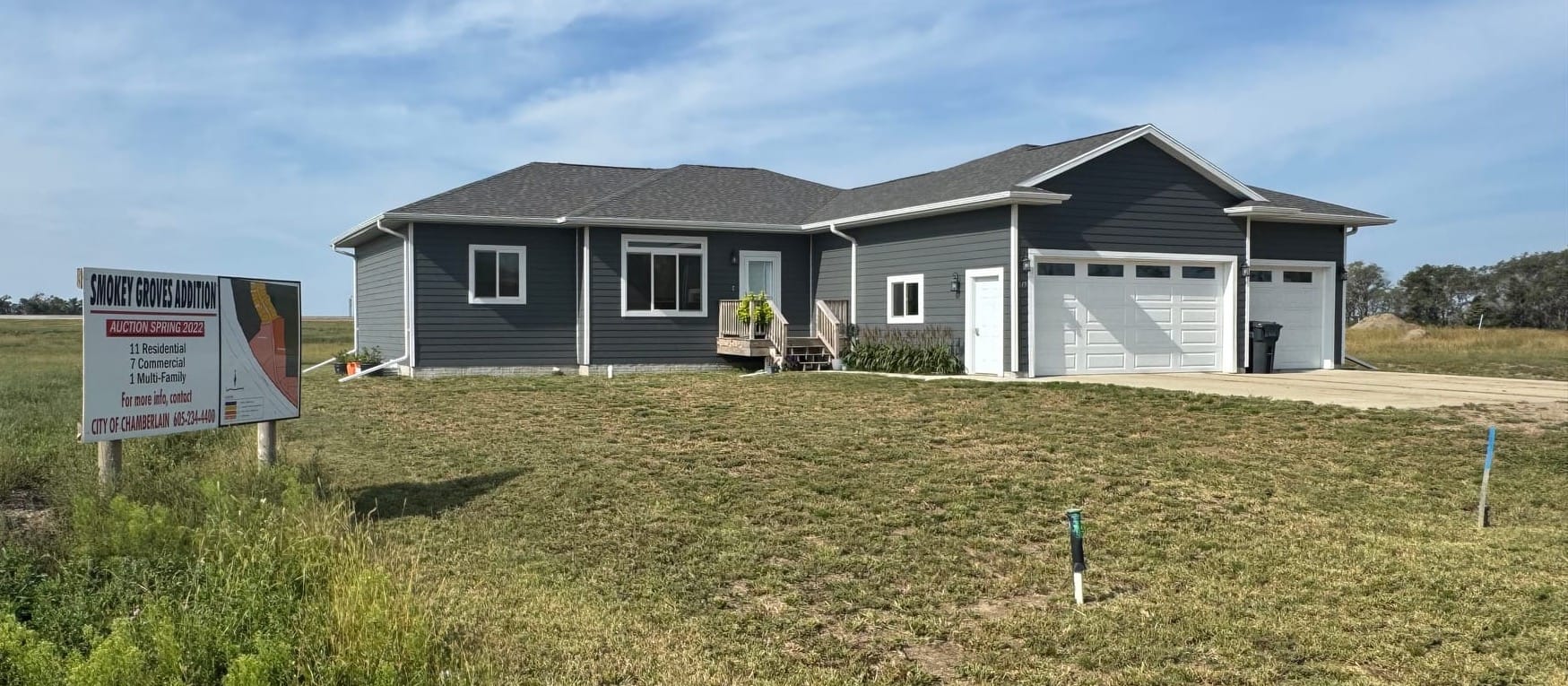
Local builders and businesses, including a concrete company and contractor's outlet, benefited from revenue and product sales related to housing construction, Soulek said.
Powell said Chamberlain's experience with subdivision development in the early 2000s and now again with the Smokey Groves project provide a lesson to other municipal leaders around the state.
"All of these small towns, if they want to grow and survive, they’re going to have to take responsibility for housing themselves," he said.
Choose how to give.
Click the Donate button to see the different ways you can give and help make stories like this one possible. And tell us why you support our work.
Vance Hickey is a retired developer who built several homes in the Cedar Heights subdivision over the past two decades. He co-owns VC Hickey Construction, which is now run by his son, Cliff.
Hickey said he isn’t sure if his son, who is busy on other projects, will pursue home construction on lots being given away by the city in the Smoky Groves subdivision.
But the city’s willingness to make lots available and affordable and to install critical infrastructure has helped expedite construction of new homes in Chamberlain, he said.
In the early 2000s, Chamberlain had no available lots for homes, so the city’s involvement was key to making home construction possible, Hickey said.
“It made it easier,” he said. “We had no building sites, so the city developing that with sewers and water and streets, all you had to do was walk up, pick out a lot you wanted and get going on the house.”
Hickey built several “spec homes,” or homes that are built before a contract is signed, in the Cedar Heights subdivision and had success selling them.
His adult son and daughter both live in homes he built in Cedar Heights, he said, adding that he is proud to have been a part of a project that has made life better in Chamberlain.
“I sometimes drive through that area and I hold my head up high,” he said.
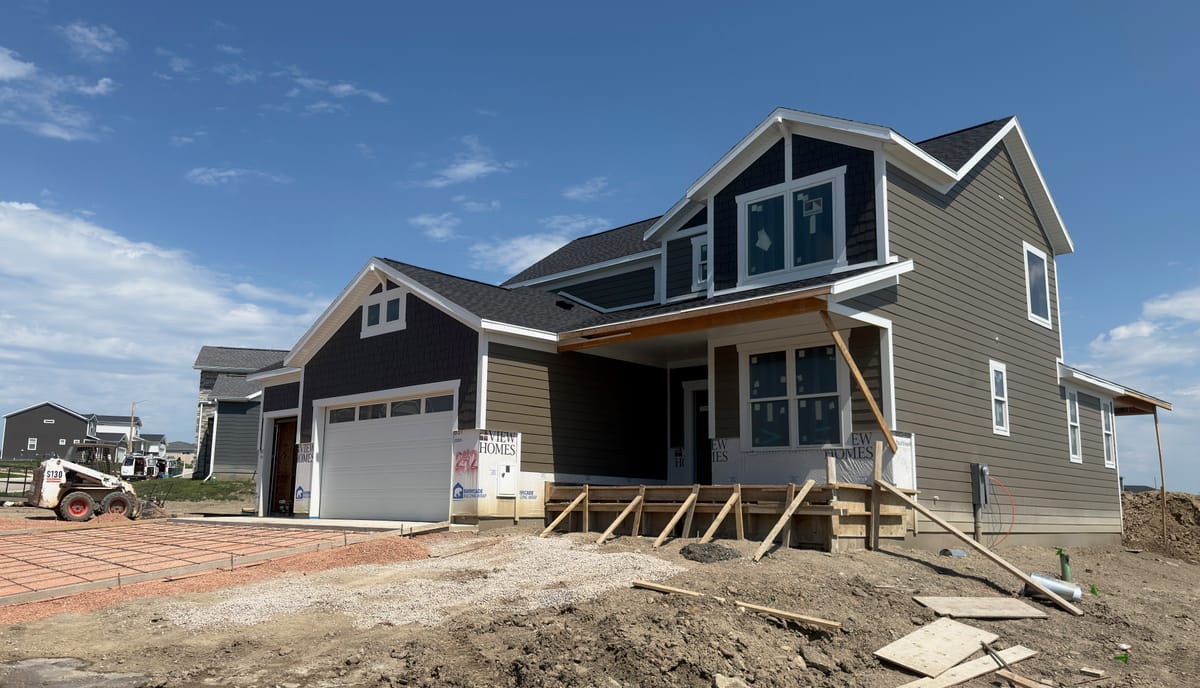
This story was produced by South Dakota News Watch, an independent, nonprofit organization. Read more stories and donate at sdnewswatch.org and sign up for an email to get stories when they're published. Contact Bart Pfankuch at bart.pfankuch@sdnewswatch.org.

